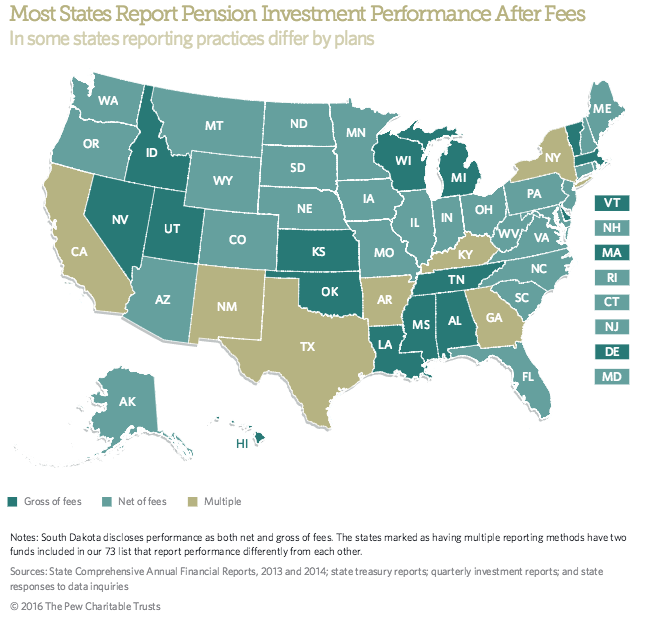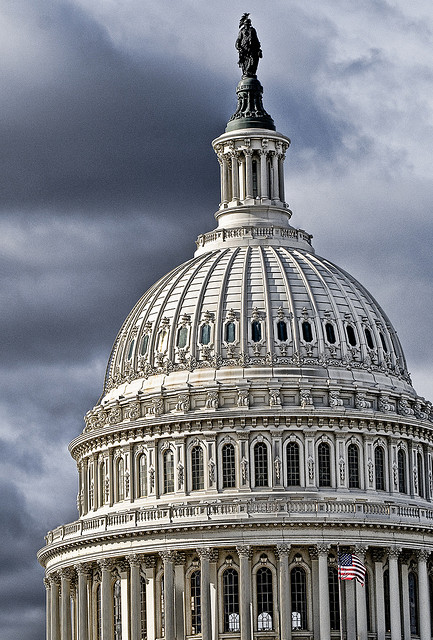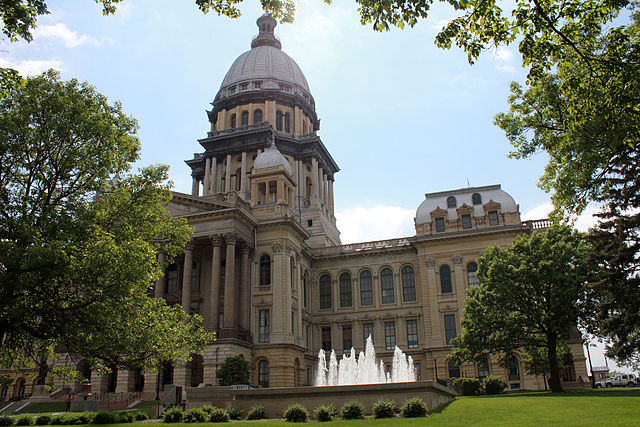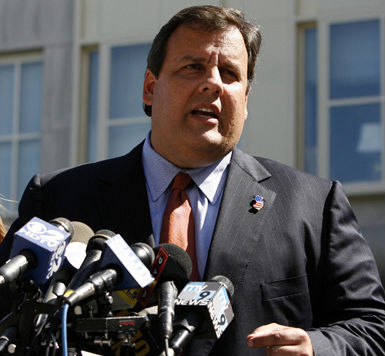Three years ago, workers at the now-bankrupt R.G. Steel – a company owned by multibillionaire Ira Rennert – saw their pensions cut as the company cut ties with its pension fund.
But in a settlement announced Friday, those pension cuts have been reversed – something which has happened only in exceptionally rare instances.
More from the New York Times:
The retirees’ victory is only the second time in 42 years that the federal Pension Benefit Guaranty Corporation has required a company to unwind a pension “termination” — a dreaded deal in which a bankrupt company cuts off a pension fund and leaves it for the government to take over. The government insures company pensions, but its insurance is limited, so retirees can face sharp losses.
In a settlement announced Friday, Mr. Rennert’s sprawling conglomerate, the Renco Group, will be required to pay — in full — the pensions of about 1,350 retirees who worked at a subsidiary, R.G. Steel, which went bankrupt in 2012 and is being liquidated. That means reversing pension cuts that were made in their plan’s termination.
Tom Reeder, executive director of the pension insurer, called the settlement “an extraordinary outcome for plan participants” because it is so rare for pensions to be cut and then restored to their original value.
The settlement dates the restoration to November 2012, the termination date and is meant eventually to make the retirees whole for the money they missed in the period when their benefits had been reduced. Mr. Reeder also said Renco had agreed to reimburse the pension agency for its outlays.
Part of the reason the cuts were reversed is because, although R.G. Steel was bankrupt, its parent company was still flush.
Photo by Joe Gratz via Flickr CC License







